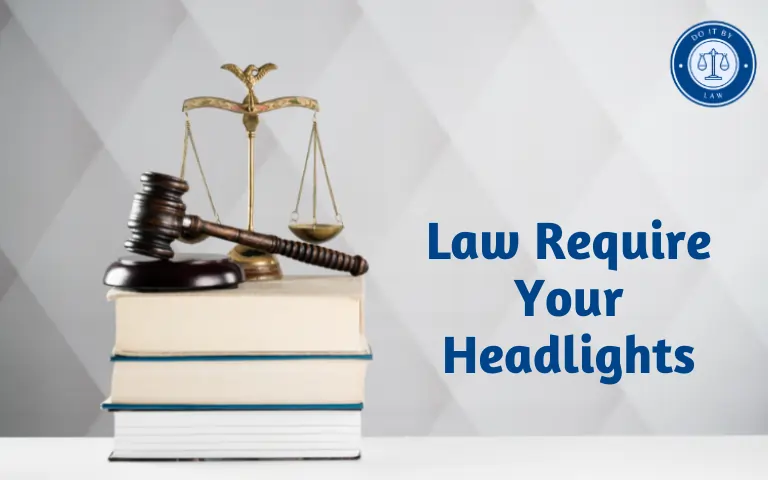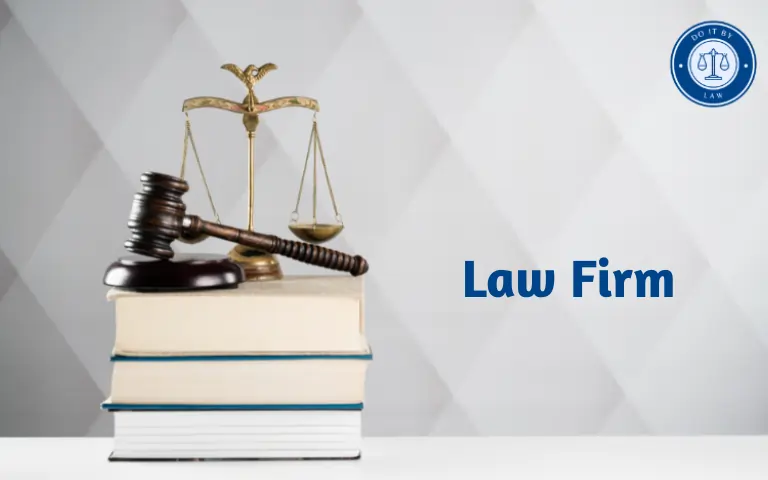When Does the Law Require Your Headlights Be On? A Complete Guide
When Drivers Does the Law Require Your Headlights?
Law Require Your Headlights is not just about seeing the road better at night. In certain conditions, headlight use is legally required for safety. Drivers can face traffic tickets for improper or non-use of headlights when mandated by law.
Here are the main situations when turning on headlights is legally required:
Driving at Night
All states require drivers to use headlights from dusk till dawn. Once the sun has set and natural light is diminished, headlights must be turned on for visibility.
Exactly what times constitute “nighttime” may be defined by statute or left up to reasonable judgment. For instance, many states require lights 30 minutes after sunset. Periods close to sunset and sunrise are transition zones requiring lights.
Driving in Poor Visibility Conditions
Headlights are required when driving in hazardous visibility conditions, most notably:
- Fog – Dense fog necessitates headlights to see and to be seen by other motorists.
- Heavy Rain – Headlights help increase visibility through heavy downpours.
- Snow Storms – Headlights improve contrast during heavy snowfall.
- Smoke – Conditions involving smoke from fires, industrial operations, agricultural burning, etc.
Drivers must use judgment and turn lights on early as visibility degrades. Never wait until conditions are extremely poor before illuminating lights.
On Highways, Interstates and Freeways
Most states mandate the use of headlights whenever driving on highways, interstates, turnpikes, freeways, and similar high-speed roadways. This applies 24/7 regardless of light conditions.
High speeds on these roads increase stopping distances, making headlights essential. Additionally, entrance/exit ramps can be hazardous without illuminated lights.
When Windshield Wipers Are Turned On
If you need to use windshield wipers to clear rain, snow, or debris, then headlights must also be turned on. Wiper usage signals poor visibility requiring headlights.
When Towing Vehicles or Trailers
Any time a vehicle is towing a trailer or another vehicle, like a boat or RV, headlights must be used. This helps make the total width more visible to surrounding traffic.
When Significantly Obscured Visibility Exists
Most state statutes include general provisions mandating headlight use whenever weather, smog, fog, or other factors substantially reduce visibility even if not specifically enumerated in the statute.
Drivers must make reasonable judgments on when such obscured conditions necessitate turning headlights on.
Parking on Roadways at Night
When parked or stopped on a highway, shoulder, or side of the road in darkness, parking/hazard lights must typically be on. This alerts passing motorists to a stationary vehicle that may be hard to see.
State-Specific Law Require Your Headlights
Beyond these general scenarios, some states have additional regulations governing headlight use:
- Mandatory use during rain – Required by around a dozen states anytime windshield wipers are activated.
- Daytime running lights – Required by a few states during daytime driving. Helps make vehicles more visible.
- Highway use – Some states require lights only on interstates whereas others mandate lights on all highways.
- Construction zones – A few states require headlights for increased visibility in active construction zones.
So be sure to check local state statutes for any unique headlight rules. But the requirements to use headlights at night, in poor visibility, and on major roads are nearly universal.
Can You Get a Ticket for Not Using Headlights?
Yes, police can and will issue traffic citations for failure to have required headlights turned on when conditions legally mandate it.
Depending on the state, specific violations include:
- Driving without lights when required
- Improper lighting equipment
- Unsafe operation of a vehicle
Fines and fees for a headlight violation are typically $25 to $300 depending on circumstances. Penalty ranges account for first offenses.
Defending Against a Headlight Ticket
While challenging any ticket can be an uphill battle, defendants may argue:
- Visibility was sufficiently clear that lights were not reasonably required.
- Lights were activated as soon as conditions worsened but a brief transition delay occurred.
- Lights malfunctioned or unexpectedly stopped working during a trip. The problem was not noticed immediately.
- Bright streetlights or other illumination made lights unnecessary for safe visibility.
- An emergency reasonably justified briefly driving without lights on.
- Slow speed, hazards on, and extreme caution were used instead of headlights due to a roadside issue.
An officer has discretion whether these explanations warrant dropping or reducing a citation. But courts tend to enforce headlight violations when weather conditions dictate their use.
Other Law Require Your Headlights and Safety Tips
Beyond when to turn headlights on, key laws include:
- Must have working low and high beams
- Lights must be properly aimed and aligned
- Blinking or flashing headlights are prohibited except as turn signals
- No colored headlight covers are permitted in most states
- High beams must be dimmed for oncoming traffic when closer than 500 feet
Some other headlight safety tips:
- Periodically have alignment professionally checked
- Avoid using high beams in fog which reflect light back
- Clean lenses to maximize illumination
- Replace bulbs immediately when burned out
- Consider keeping high beams on in very remote areas
- Angle headlights slightly downward when loaded vehicle weighs down rear
So properly maintaining your headlights and understanding when the law requires their use helps keep driving safe for you and everyone else sharing the road.
Key Takeaways – When Law Require Your Headlights:
- All states require the use of headlights at night, usually from 30 minutes after sunset to 30 minutes before sunrise.
- Headlights must be used whenever visibility is substantially reduced by rain, fog, snow, smog, or other conditions.
- Drivers typically must use headlights on highways, freeways, and high-speed roads regardless of light level.
- The use of windshield wipers also usually necessitates turning headlights on.
- Additional state-specific regulations may also mandate headlight use in certain situations.
- Failure to use headlights when legally required can result in a traffic citation and fine.
- Police and courts have broad discretion in enforcing headlight violations based on specific circumstances.
So in summary, while some judgment calls exist, drivers are required by law to use headlights in low visibility conditions, at night, on major roads, and when windshield wipers are on. Following headlight laws helps keep all road users safe.






